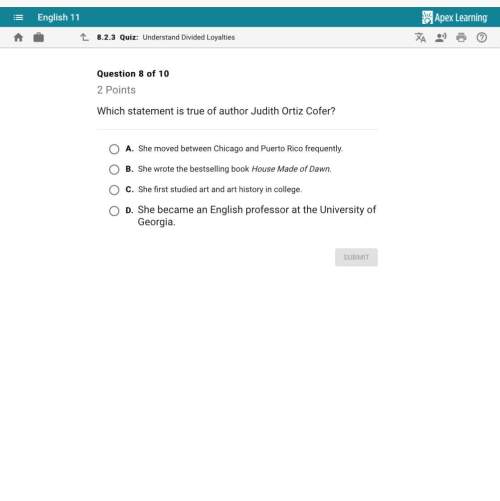
English, 08.01.2020 04:31 andrewjammo
stories of useful inventions, excerpt by s. e. forman 1911 the match there never was a time when the world was without fire, but there was a time when men did not know how to kindle fire; and after they learned how to kindle one, it was a long, long time before they learned how to kindle one easily. in these days we can kindle a fire without any trouble, because we can easily get a match; but we must remember that the match is one of the most wonderful things in the world, and that it took men thousands of years to learn how to make one. let us learn the history of this familiar little object, the match. fire was first given to man by nature itself. when a forest is set on fire by cinders from a neighboring volcano, or when a tree is set ablaze by a thunderbolt, we may say that nature strikes a match. in the early history of the world, nature had to kindle all the fires, for man by his own effort was unable to produce a spark. the first method, then, of getting fire for use was to light sticks of wood at a flame kindled by nature—by a volcano, perhaps, or by a stroke of lightning. these firebrands were carried to the home and used in kindling the fires there. the fire secured in this way was carefully guarded and was kept burning as long as possible. but the flame, however faithfully watched, would sometimes be extinguished. a sudden gust of wind or a sudden shower would put it out. then a new firebrand would have to be secured, and this often meant a long journey and a deal of trouble. in 1827, john walker, a druggist in a small english town, tipped a splint with sulphur, chlorate of potash, and sulphid of antimony, and rubbed it on sandpaper, and it burst into flame. the druggist had discovered the first friction-chemical match, the kind we use to-day. it is called friction-chemical because it is made by mixing certain chemicals together and rubbing them. although walker's match did not require the bottle of acid, nevertheless it was not a good one. it could be lighted only by hard rubbing, and it sputtered and threw fire in all directions. in a few years, however, phosphorus was substituted on the tip for antimony, and the change worked wonders. the match could now be lighted with very little rubbing, and it was no longer necessary to have sandpaper upon which to rub it. it would ignite when rubbed on any dry surface, and there was no longer any sputtering. this was the phosphorus match, the match with which we are so familiar. what is the main idea of the first paragraph?

Answers: 3


Another question on English

English, 21.06.2019 20:40
Which questions would most a reader identify the author's purpose for writing? check all that apply. what type of text is this? what type of reviews did the book receive? how many copies of the book have been sold? what is the central idea? how does this text make one feel? mark this and return save and exit
Answers: 2

English, 21.06.2019 22:30
Select the indicate quotation that correctly sequences the verbs
Answers: 1

English, 22.06.2019 00:00
Which sentence will fatima’s teacher most likely ask her to revise?
Answers: 3

English, 22.06.2019 00:00
What happens to miss havisham during pips last visit with her? a. she loses her fortune in a bad business dealb. she passes away after seeking forgiveness c. she is burned when her dress catches on fired. she hangs herself from a beam in her house
Answers: 2
You know the right answer?
stories of useful inventions, excerpt by s. e. forman 1911 the match there never was a time when the...
Questions

Biology, 29.07.2019 07:00


Mathematics, 29.07.2019 07:00

Mathematics, 29.07.2019 07:00


Mathematics, 29.07.2019 07:00


Physics, 29.07.2019 07:00





Physics, 29.07.2019 07:00

Computers and Technology, 29.07.2019 07:00




Chemistry, 29.07.2019 07:00


Geography, 29.07.2019 07:00




